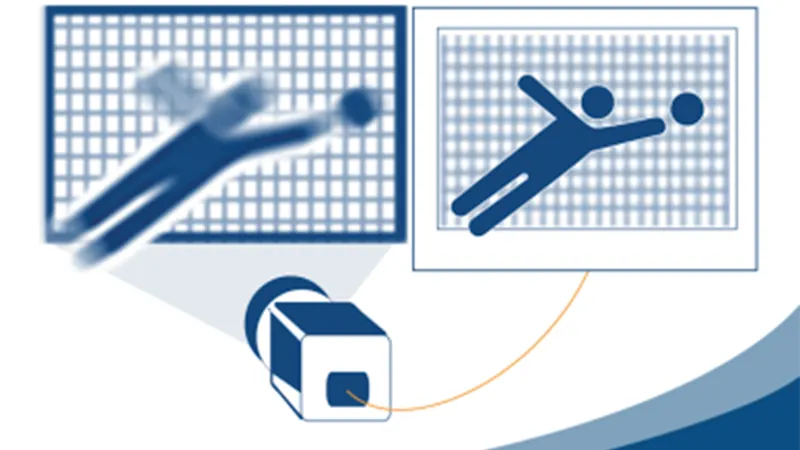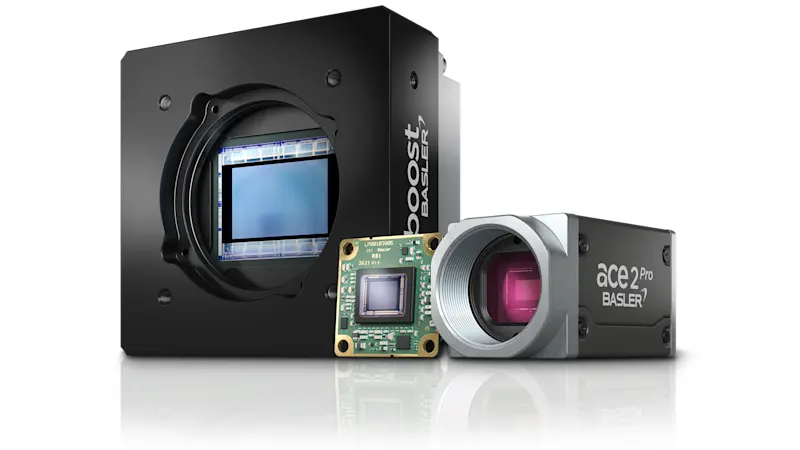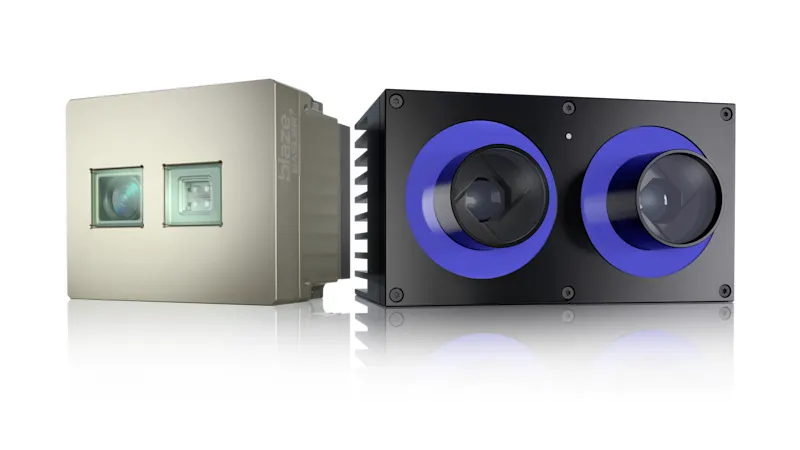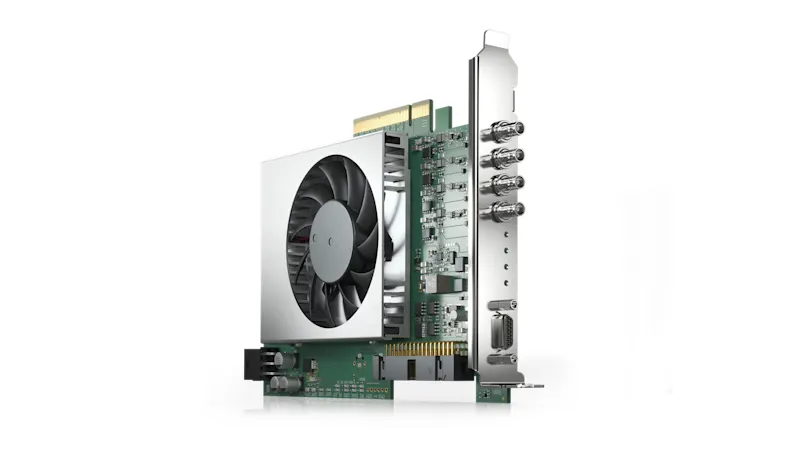Real-Time Capability
For many machine vision applications, image data must be acquired, transmitted and evaluated within a set timeframe. This is known as “real-time capability”. This term can apply to a system, its components, and the software that communicates between them.


Real-time capability in cameras is especially relevant for applications where speed is crucial, such as in production areas, traffic speed control systems, or when the camera activity must be synchronized with other system components, such as illumination devices. For these applications, either industrial cameras or network cameras (IP cameras) can be used.
The requirements for the maximum acceptable reaction time between trigger signal and image acquisition are different in each application and can vary from microseconds up to seconds.
Real-time Capability for IP Cameras
In many typical surveillance situations, such as monitoring the activity on a banking floor, the user needs an automatically captured, continuous stream of images without the need to trigger a camera. If a camera is set for a frame rate of 30 frames (images) per second, it will internally generate the signals required to initiate an image capture every 1/30th of a second.
In some other situations, however, it would be desirable to be able to trigger an image capture at a specific point in time. For example, in a traffic control situation the user might want to trigger an image acquisition immediately after a car passes a sensor on a highway. In Basler IP cameras there is a real-time trigger feature that guarantees that an image capture will start exactly after a trigger signal is applied. For the typical frame rates for IP cameras, the required latency time is in the milliseconds range. The IP camera delivers compressed images (MJPEG/MPEG-4/H.264), which requires less bandwidth than images from an industrial camera.
Real-time Capability for Industrial Cameras
For industrial cameras, real-time images are a prerequisite. For example, when inspecting components in a production process, the components are transported on the conveyor belts at high speed. For a precise inspection, the camera must acquire the images as quickly as the components are being transported. Timing this precisely requires low latency: a small time delay between receiving the trigger signal and acquiring the image. Further, the time delay must not vary; no jitter can affect the moments of image acquisition. For an application with high image rates (e.g. 300 images per second), the required latency times can be only microseconds.
Matching Basler products
Find here a selection of products for your real-time vision system


